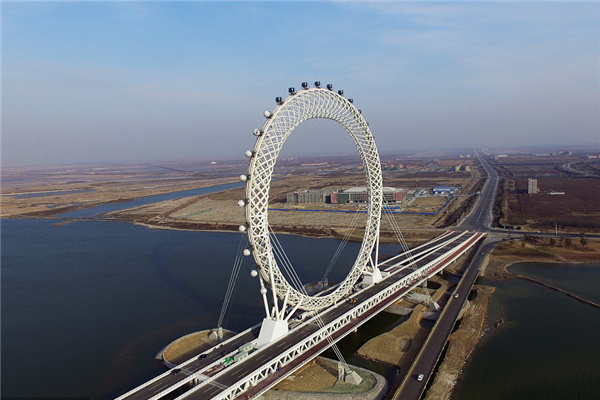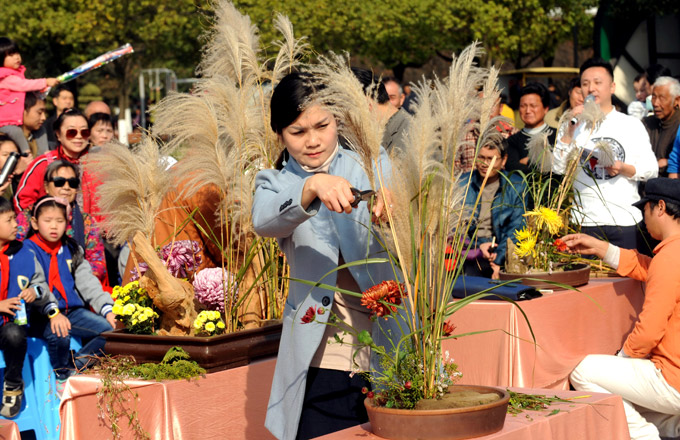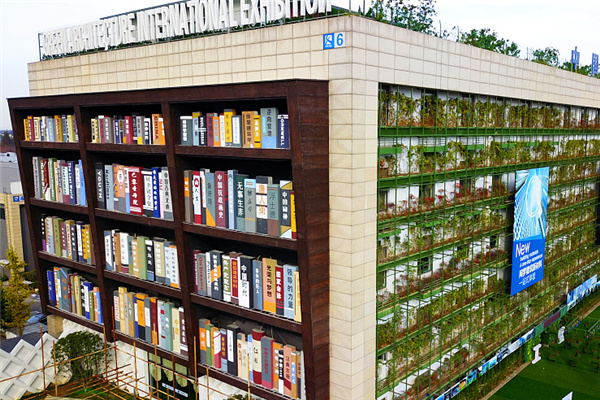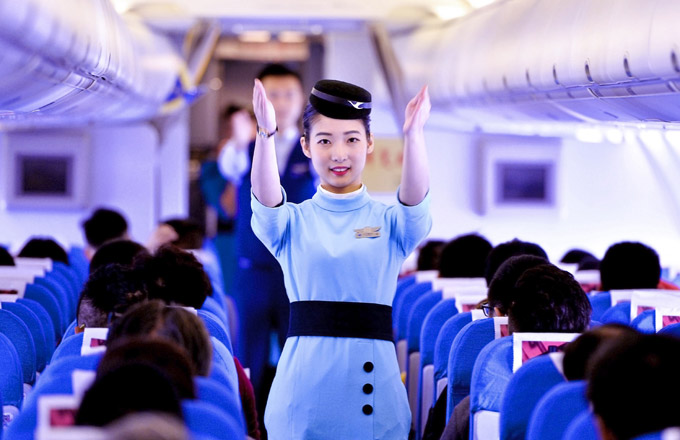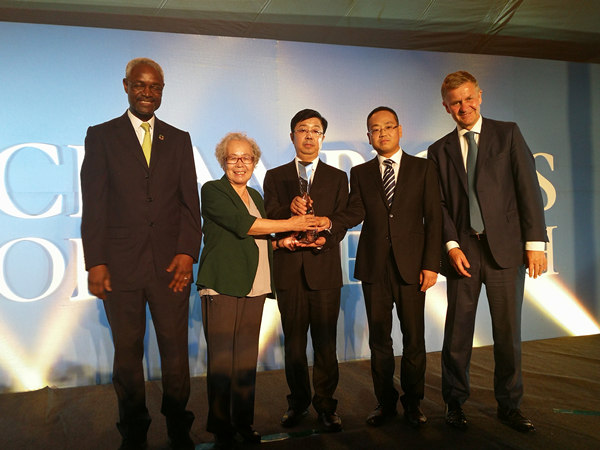

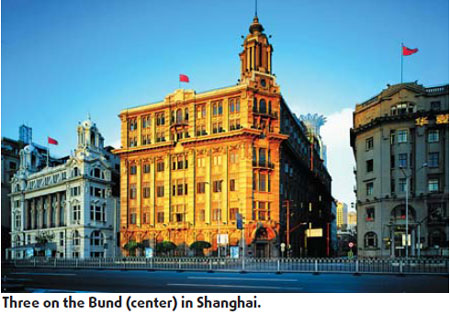
Shanghai combines historic colonial-style buildings on the Bund and its fast growth as a glittering metropolis.
But an old stone tower at No 3 on the Bund sums up the seeming dichotomy.
That's where Three on the Bund opened in 2004 providing a package of high-end services in one building: food, art, health and fashion.
But Alan Hepburn, managing director and one of the founders of the restaurant, sums it up as "a life style experience".
"We used over three years (from 2001 to 2004) and a total 35 million yuan of investment to rebuild one of the city's most historic buildings with several elements of a modern lifestyle."
Inside the landmark seven floor building built in 1916, Three on the Bund's neoclassic tower was reborn with three world-class restaurants (Jean Georges, Whampoa Club and Laris), a caf, a modern art gallery, Evian Spa, Barbers by Three and two floors of the world's most prestigious retailers, including Giorgio Armani's first flagship store in Shanghai.
Hepburn says it gives people new and international ideas, modern inspiration and high-end services.
In a recent interview with China Business Weekly, Hepburn recalls what a wonderful experience it was to stand in front of the No 3 tower seven years ago.
But unfortunately, "the building was only beautiful to look at - it had no relationship to life," Hepburn says, adding that he was inspired to revive the building by running the high-end business.
At that time, Shanghai had not clearly shown the potential for becoming a posh marketplace.
To Hepburn, an businessman come from Scotland who worked in several big hotels in China and lived in the country for over 10 years, it was also a decision based on first-hand experience.
"Since the beginning of this century, it has been obvious that Chinese people are starting to look for a better quality of life and they always open their mind to accept and create new ideas," he says.
"You can see in Beijing, Shanghai and other big cities across China the strong trend for sponsoring more fashion events, cultural events, museums and art galleries. It is a remarkable trend that people in China have an increasing demand to experience a more international lifestyle."
What he foresaw around seven years ago has come true - China has been fast growing on the path of modernization and urbanization. And cities, such as Beijing, Shanghai, Shenzhen and Tianjin, have connected to New York, Paris, London and Hong Kong, by providing modern life experiences for local residents, Hepburn says.
Moreover, the country's fast growth has also posed a challenge to Three on the Bund. There are more leading luxury brands moving into the Chinese market.
"You can see an increasing number of Starbucks cafs, luxury retailers and more five-star hotels in Shanghai and the country as well - it is a great symbol," he says.
What makes the Three on the Bund unique, according to Hepburn, is its mix of historic Chinese elements and modern life.
From the very beginning, Three on the Bund has been targeting Chinese diners and consumers, Hepburn says.
"We are not running a foreign restaurant in China, but instead presenting an international vision for this service to meet local demand by combining it with traditional Chinese culture," Hepburn says.
It is easy to find the elements of Shanghai cuisine in some of the restaurants in the Three on the Bund. Chinese tea is also popular, he says.
"We've brought in some of the world's top restaurant brands into the Bund," he adds. Jean Georges restaurant on the fifth floor of the Bund is a fine example - there are only two Jean Georges restaurants in the world, one in New York, and one in Three on the Bund.
The diversified culture of the country also has him facing diversified challenges when he decided to expand the business of the Three on the Bund to other Chinese cities, including Beijing where he is building another Three on the Bund located in Qianmen. It opened in this April.
"In different cities of China, people have different dining customs," he says, adding that the most interesting thing he found is people in different regions have different dining hours.
"We may start business at 6 pm in Shanghai. But if we run it in North China, we may lose a lot of consumers because people there are used to having dinner before 6 pm.
"However, we still insist on holding on to our style when expanding to other places in the country," he says.
Of the Beijing establishment, Hepburn says, "it will continue the style of the Bund in Shanghai. But we are adjusting a lot of details to make it adopt to the local culture."
(China Daily 12/08/2008 page7)


